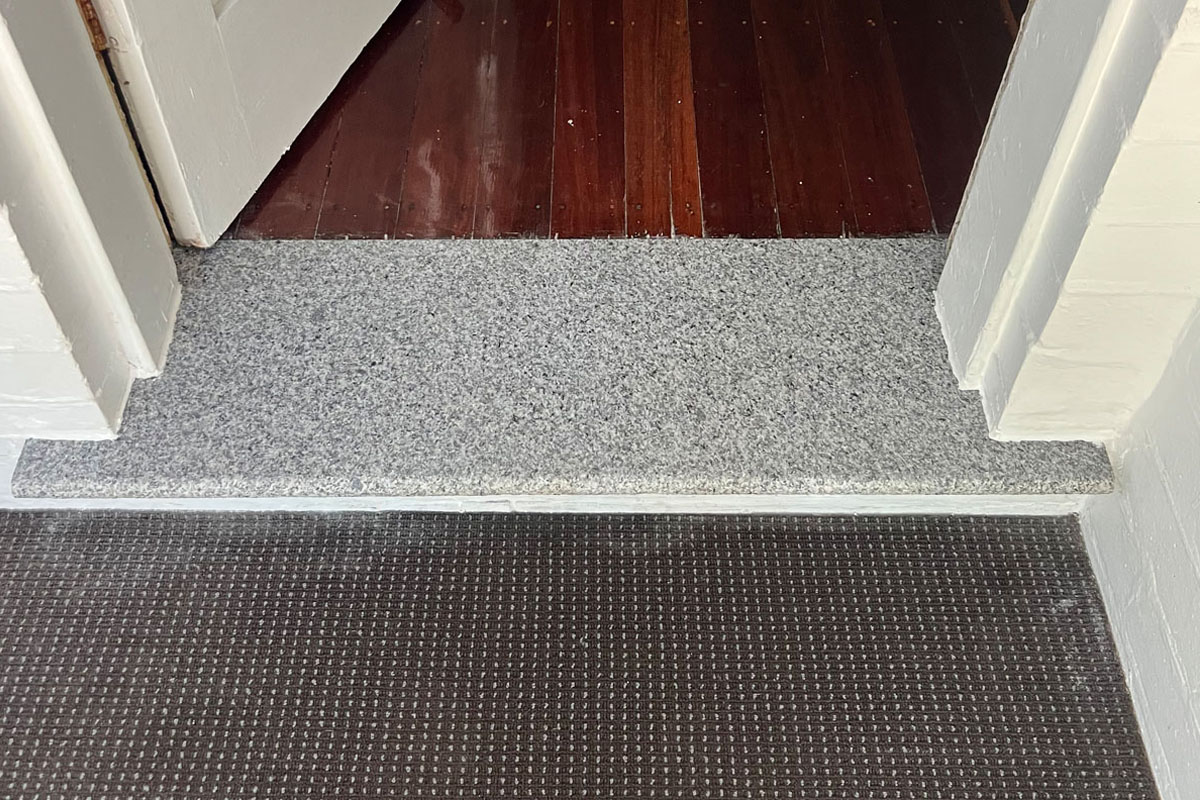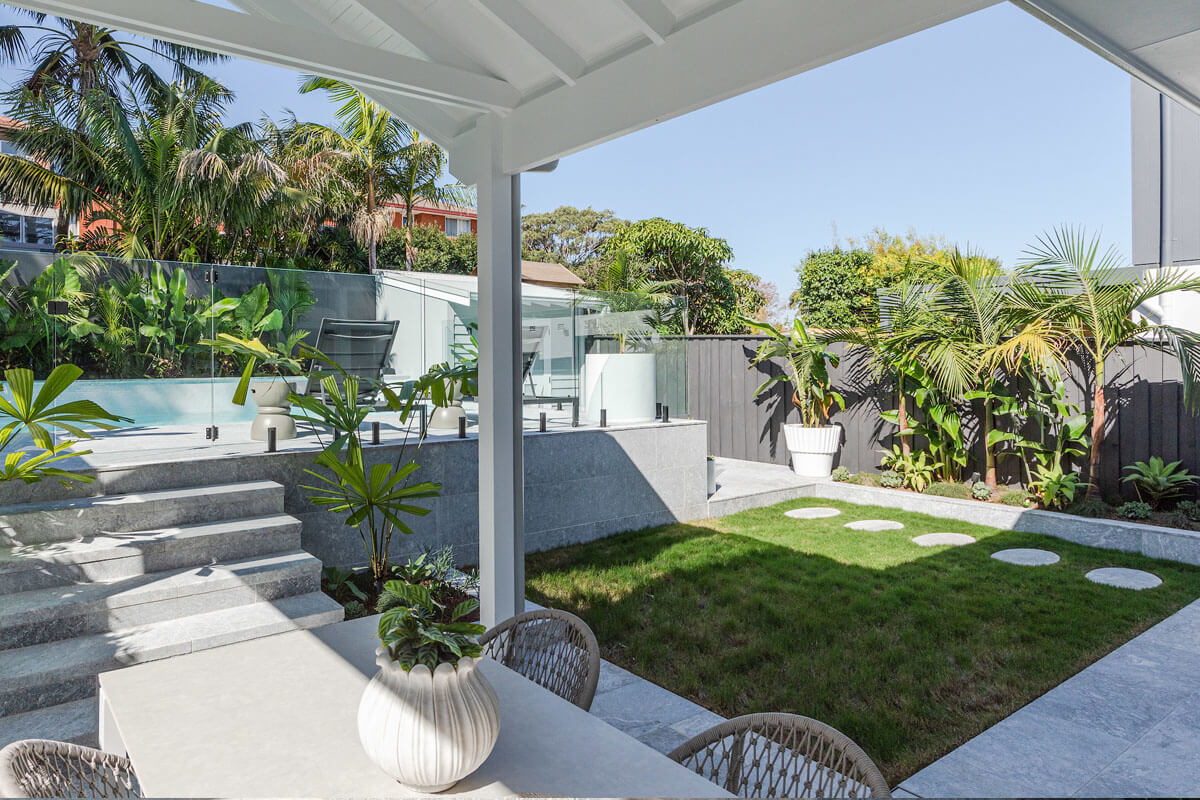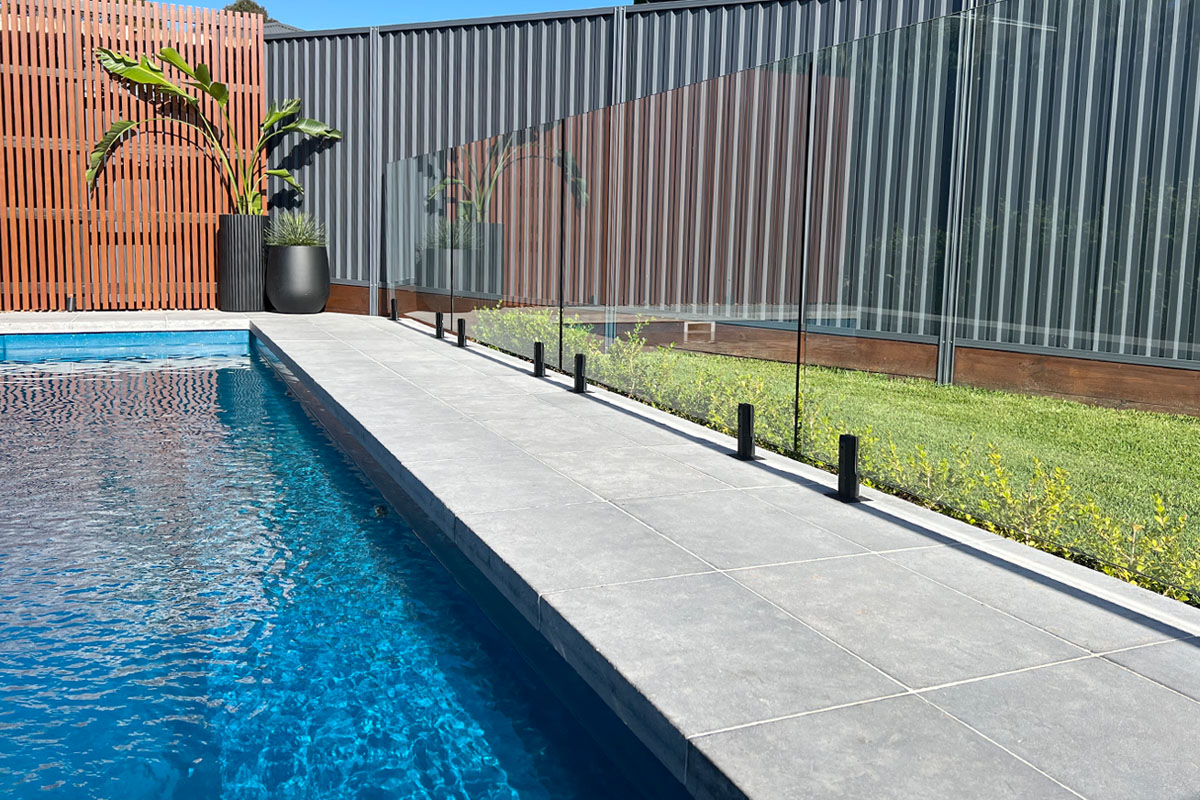Everything You Need to Know about Himalayan Sandstone
Sandstone is a sedimentary rock that is made of sand-size mineral particles or rock fragments.
Himalayan sandstone is a form of sandstone that originates from, you guessed it, the Himalayas in Northern India!
Why Himalayan Sandstone?
Sandstone pavers are typically quite porous. This is because sandstone is predominantly made of compressed sand particles. However, as the sand particles are spaced fairly far from each other, there is no chance for calcium (which acts a bonding agent) to join them and thus increase the stone’s density.
This is where Himalayan Sandstone is not your typical sandstone. You see, the sand particles in this stone are not too far apart. And so this natural stone is surprisingly dense. Though it is stronger, Himalayan Sandstone (compared to Sydney Sandstone) is still regarded as a “high-maintenance” stone that requires regular care.
However, Himalayan Sandstone Pavers do have one unique advantage over Sydney Sandstone Pavers and that is their cost. Himalayan Sandstone is vastly more competitively priced. In fact, it is half the price of Sydney Sandstone. Yes, you read that right… half!
Though the two stones are unique in their own way, combined with the right design, Himalayan Sandstone can look equally as beautiful.
What finishes does Himalayan Sandstone come in?
Himalayan Sandstone pavers are available in three finishes: honed, natural and sandblasted.
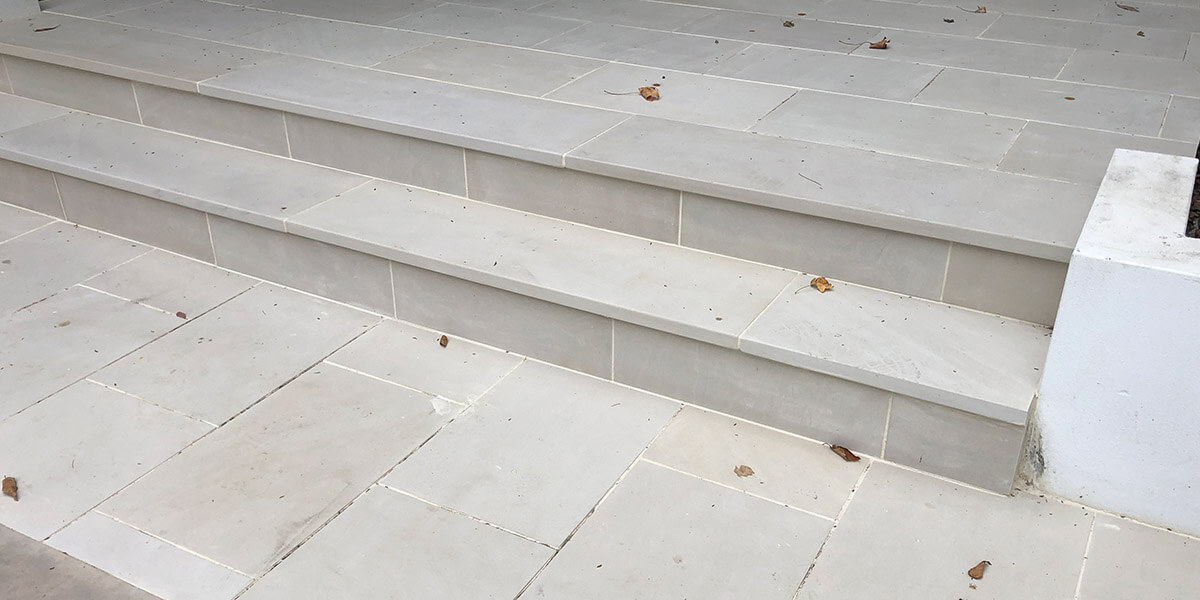
Himalayan Honed Finish
Himalayan Sandstone with a honed finish gives the stone a smooth, elegant and neutral look (see above image).
Favouring a more uniform appearance, its colour is a consistent off-white with some minimal tones of mint. The honed finish is ideal for lightening darker spaces.
As it is a more delicate product, we recommend installing Himalayan Honed Sandstone if your home is facing the sun, your surrounding landscape is free of trees and you have no pets. As it is a light and pale coloured stone, it requires a lot of TLC (tender lover and care) and can become quite tedious to maintain. This is an important consideration to factor into your final decision.
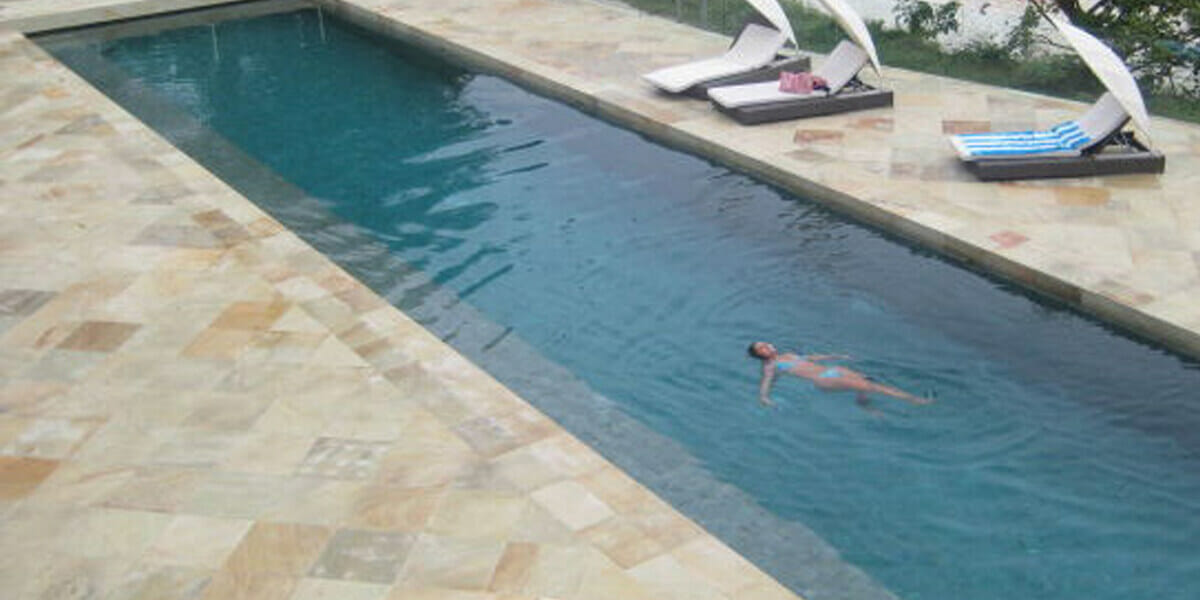
Himalayan Natural Split Finish
Himalayan Sandstone pavers with a natural split finish have a rougher ‘split’ look. Their colouring is typically a mix of mint, mango and pink banding. These stones suit the front or backyard of a more traditionally designed home. One of the advantages of the split surface is that it adds a significant amount of grip in wet areas. On the flipside, however, the crevices of split surfaces can also store dirt which makes them harder to clean. Prior to investing in Himalayan Sandstone be very conscientious of your surrounding landscape and if the stone will suit your lifestyle.
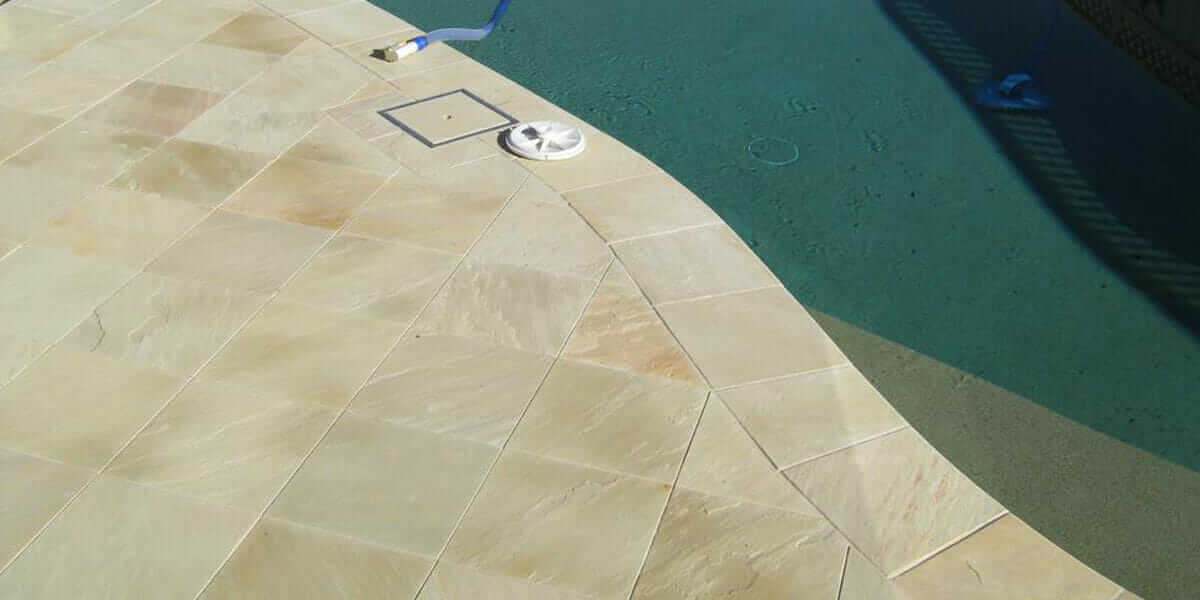
What profiles can I find with Himalayan Sandstone?
Himalayan Sandstone is available in a variety of profiles including a pencil edge, bullnose and drop edge. Any of these will be suitable for step treads, garden edging or capping purposes.
Depending on your project and where you will be installing the stone, Himalayan Sandstone can be supplied in a variety of sizes and profiles including long pieces for step treads or capping. These can also be custom ordered to specific sizes or formats from overseas.
Installation, Adhesives and Maintenance
When working with Himalayan Sandstone, you must be very diligent with the installation and maintenance and do your research to find the best procedure.
For instance, even if you have a quality supplier for the sandstone itself, the thickness of the stone will influence the type of notch trawl the installer needs. Levels can vary anywhere from +3mm to -3mm for this stone. To make it a smooth process, make sure that you have asked your supplier to provide all the information you need and then pass this on to your installer so that when they start, they are fully prepared as well.
Next, the method of installation is dependent on the substrate and the thickness of your chosen Himalayan Sandstone paver. To avoid dirt sticking to the sandstone, we suggest that you deep seal the pavers. Also, to simplify the maintenance in the long run, make sure you periodically reseal the stone.
As moisture can be detrimental to Himalayan Sandstone, we recommend using moisture-sensitive glues and adhesives when working with this product.
Finally, use a penetrating water-based sealer to top-seal the stone. At Armstone we recommend using the Aqua Mix Sealer’s Choice Gold to complete your project.
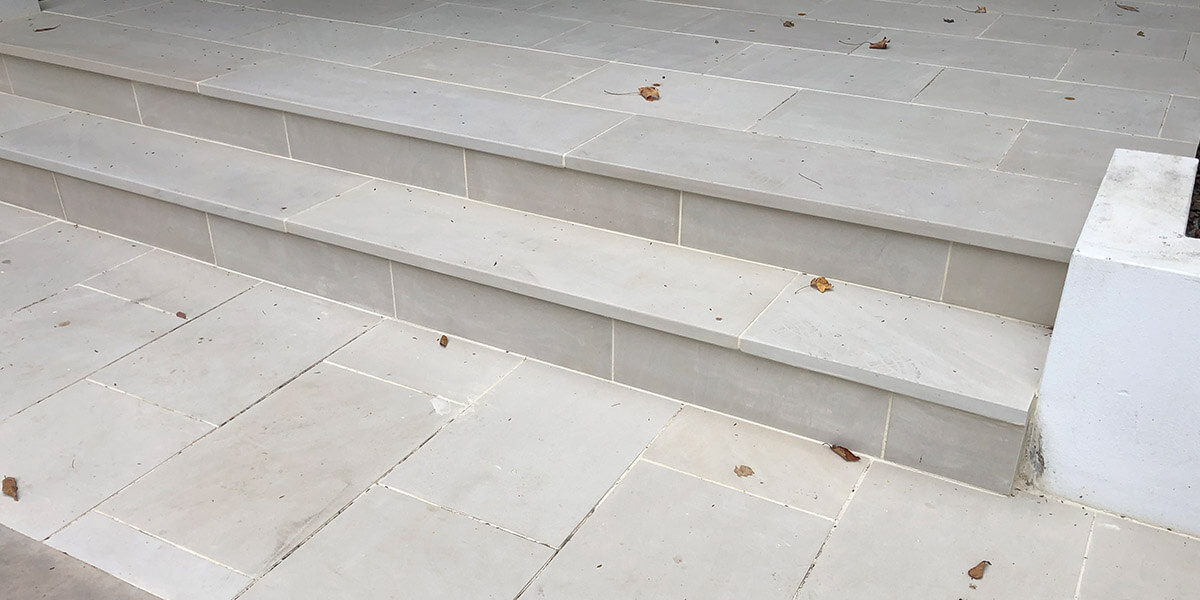
Conclusion
In summary, like other sandstones, Himalayan Sandstone Pavers require regular and disciplined maintenance and the proper attention to detail during the installation process.
While their distinct beauty and pricing has many advantages, it’s also important to weigh up any challenges Himalayan Sandstone could create in your home.
As always, we suggest considering if the stone you choose will suit your lifestyle and environment. If you are unsure and would like some help, we are happy to share our expertise with you.
Reach out to us over the phone or email here or visit our showroom in Glebe.
